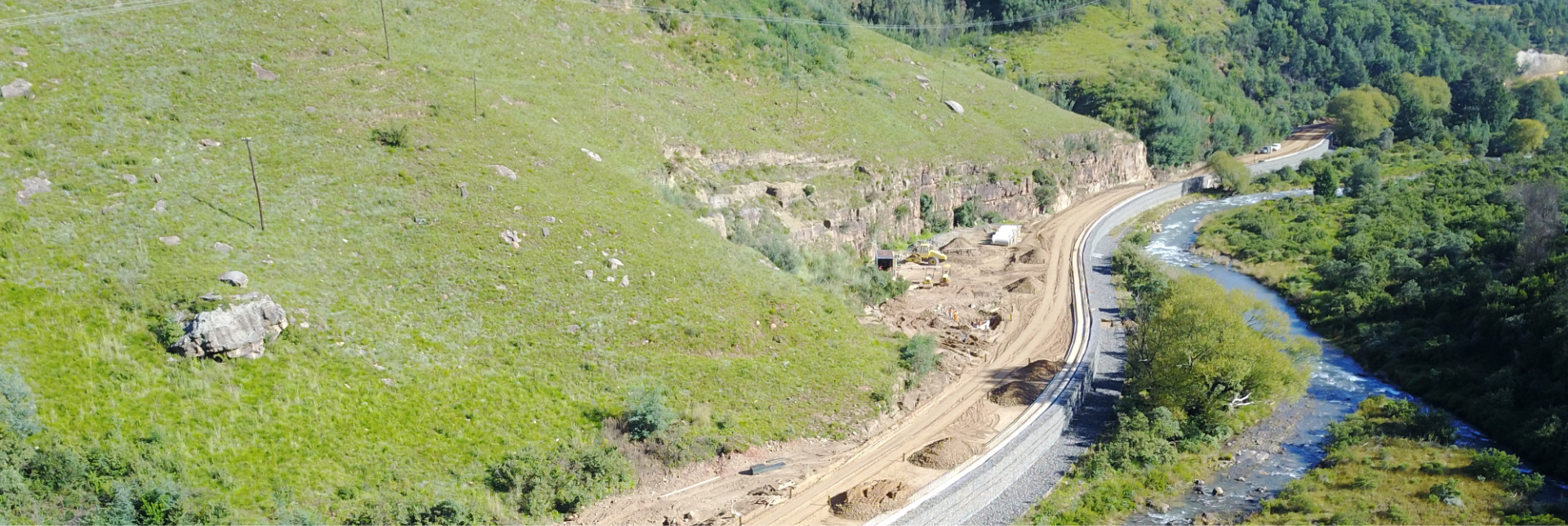Webinar Description
Dr Erol Tutumluer will discuss Ballast Stabilization and Mitigation of Ballast Degradation using Geogrids
Railroad ballast is uniformly graded coarse aggregate placed between and immediately underneath the crossties. The purpose of ballast is to provide drainage and structural support for the heavy loading applied by trains. As ballast ages, it is progressively fouled with fine-grained materials, mostly generated by particle breakage and abrasion. This leads to poor drainage, rapid and excessive settlement and reduced lateral stability which adversely affect railroad track performance. Geogrids are used in railroad track structures for stabilization/reinforcement purposes by providing interlocking between ballast particles and geogrids. Laboratory and field research findings on geogrid ballast applications will be highlighted. The performance metrics of ballast in terms of improving strength, modulus, and resistance to permanent deformation are compared for before and after geogrid installation. Computer simulation results from Discrete Element Method (DEM) for modeling geogrid stabilized ballast deformation behavior are presented. In addition, recent innovative research results on shear wave measurements and quantification of local stiffness increase due to geogrid-aggregate interlock are highlighted.
About the presenter
Dr. Erol Tutumluer is Abel Bliss Professor specializing in Transportation Geotechnics in the Department of Civil and Environmental Engineering (CEE) at the University of Illinois at Urbana-Champaign (UIUC). Professor Tutumluer holds Paul F. Kent Endowed Faculty Scholar and serves as the Director of International and ZJUI Education Programs.
Dr. Tutumluer has research interests and expertise in characterization of pavement and railroad track geomaterials, i.e., subgrade soils and base/ballast unbound aggregates, soil/aggregate stabilization, geosynthetics, applications of artificial intelligence and deep learning techniques to transportation infrastructure, structural health monitoring of transportation facilities using sensors, modeling granular foundation systems using innovative techniques, sustainable use of foundation geomaterials and construction practices for transportation infrastructure, discrete element analysis of ballast, dynamic response measurement and analyses of track systems, and mechanistic analysis and design.
Dr. Tutumluer has served as an investigator on over 100 research projects and graduated 21 PhD and 44 MS students, and authored/co-authored over 350 peer reviewed publications.

